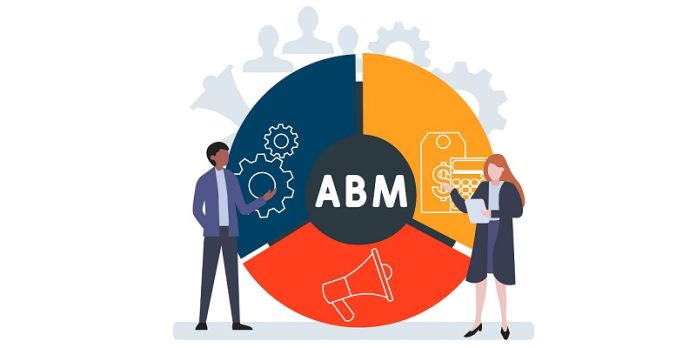For good reason, ABM has been the most popular buzzword in B2B for some years. The concept, coined by ITSMA in 2004, realigns the key principles of marketing, including as segmentation, targeting, and alignment. As a consequence, organizations may successfully focus their resources on the top percentage of accounts that are most important to them.
The use of ABM by European firms is expected to rise from 49 percent to 66 percent by 2020 (2019 State of IT Marketing study by Spiceworks), and its steady rise will continue to have a significant influence on ROI for businesses that execute it appropriately. More marketers than ever before are depending on specialized suppliers to conduct and deploy ABM approaches to account lists.
The organization and definition of KPIs remain a major barrier for marketers in the implementation of an ABM strategy. Many methods emphasize quantitative goals, despite the fact that this contradicts the fundamental principles of ABM. Marketers must remember not to get caught up in vanity metrics like traffic volume, impressions, and the number of leads generated by their content. Instead, businesses should track the subsequent activity and engagement of individual accounts, emphasizing quality over the number in their success measurement. This will pay off in the long term by improving conversions and meaningful buyer connections, resulting in more income.
Marketers must work on implementing ABM rather than merely aligning with it in 2020. A comprehensive strategy should include synchronized ABM initiatives across sales, marketing, and product marketing to generate the most targeted campaigns feasibly. As a consequence, salespeople spend less time following up on unqualified leads, and marketers spend less time creating ineffective campaigns. When formerly different departments successfully integrate, they will be able to work toward long-term goals as one, wasting fewer time and resources.
Marketers should continue to tailor information to specific persons or accounts. B2C has upped the bar in terms of the personalization that buyers want. Personalized, engaging content has been shown to shorten the sales cycle and boost customer satisfaction. This will continue to include websites, content, emails, direct mail, and adverts. With platforms like Argus allowing you to examine all of your recognized in-market accounts and person side by side, along with engagement ratings, campaign effectiveness trackers, and layers upon layers of content consumption statistics, effective ABM is more achievable than ever.
For obvious reasons, the shift toward ABM has prompted a shift toward MQAs (market-qualified accounts) over MQLs, but this does not imply we will abandon MQLs totally. The issue with depending entirely on MQLs is that if numerous persons from the same account engage in various touchpoints, their individual engagements may not be scored highly enough to be highlighted. Or their interest and position in the purchasing cycle may be misrepresented. The emergence of the MQA will be heavily influenced by the specific industry your firm operates in as well as the normal size of accounts, but it is something we can expect to see more of in the future.











